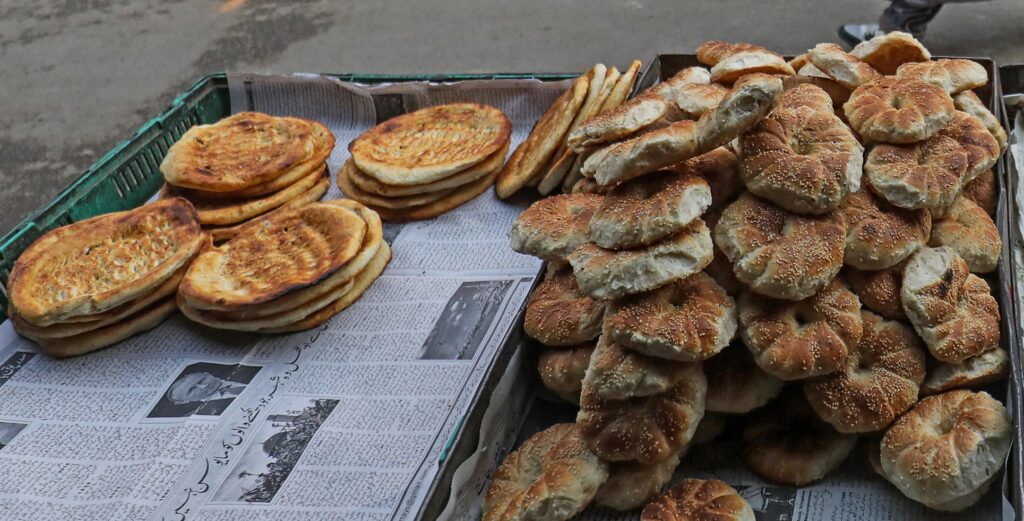
By Shafat Khan
Rotis or czot, a cornerstone of Kashmiri cuisine, are deeply ingrained in the region’s culinary fabric. Traditionally, these flatbreads are prepared by baking them directly on tandoors or over open flames reflecting age-old culinary practices. However, amidst the rich tapestry of Kashmiri flavors, concerns float over health implications associated with these traditional baking methods, prompting a closer examination of alternative approaches.
A number of studies conducted however depict the potential health risks posed by baking rotis over a direct flame fueled by wood or charcoal, which heats the tandoor to high temperatures, a prevalent practice in Kashmir. Studies, including a notable 2015 publication in Environmental Science and Technology, highlights the emission of harmful pollutants from flames during cooking. These emissions, comprising particulate matter, nitrogen dioxide, and carbon monoxide, are recognized as hazardous by the World Health Organization (WHO) and are linked to cancer, heart disease, and respiratory ailments. Another study published in the Polycyclic Aromatic Compounds journal in 2018 found that tandoori bread contained significantly higher concentrations of polycyclic aromatic hydrocarbons (PAHs) compared to tawa bread. Carcinogenic potency in tandoori bread was approximately 3.7 times greater than that of tawa bread.
Of particular concern is the association between baking rotis over direct flames and the heightened risk of colorectal cancer. The process of pyrolysis, occurring at high temperatures during direct flame cooking, leads to the production of carcinogenic compounds, posing significant health risks to consumers. Recognizing these risks, health experts advocate for reducing the consumption of rotis prepared through this method to mitigate cancer risks.
In contrast, the traditional Kashmiri method of cooking rotis on a tawa, or griddle, presents a promising alternative that aligns with both culinary tradition and health consciousness. This time-honoured technique offers several health benefits. The flat surface of the tawa ensures uniform heating, preserving the nutritional integrity of rotis, including essential nutrients like fiber, protein, and carbohydrates.
Furthermore, cooking on a tawa requires minimal oil or ghee, making it an attractive option for individuals seeking low-fat cooking methods. This aspect not only promotes healthier eating habits but also resonates with Kashmiri dietary preferences, which often emphasise simplicity and natural flavours.
As Kashmir continues to cherish its culinary heritage while embracing modernity, there is an opportunity to reevaluate traditional cooking practices through a health-conscious lens. Transitioning from tandoori rotis to those prepared on a tawa represents a meaningful step towards promoting wellness within the Kashmiri culinary landscape.
- Shafat Khan is a faculty at Rajasthan University of Veterinary and Animal sciences Jaipur and. Heads department of Food Plant Operations
Follow this link to join our WhatsApp group: Join Now
Be Part of Quality Journalism |
Quality journalism takes a lot of time, money and hard work to produce and despite all the hardships we still do it. Our reporters and editors are working overtime in Kashmir and beyond to cover what you care about, break big stories, and expose injustices that can change lives. Today more people are reading Kashmir Observer than ever, but only a handful are paying while advertising revenues are falling fast. |
| ACT NOW |
| MONTHLY | Rs 100 | |
| YEARLY | Rs 1000 | |
| LIFETIME | Rs 10000 | |









